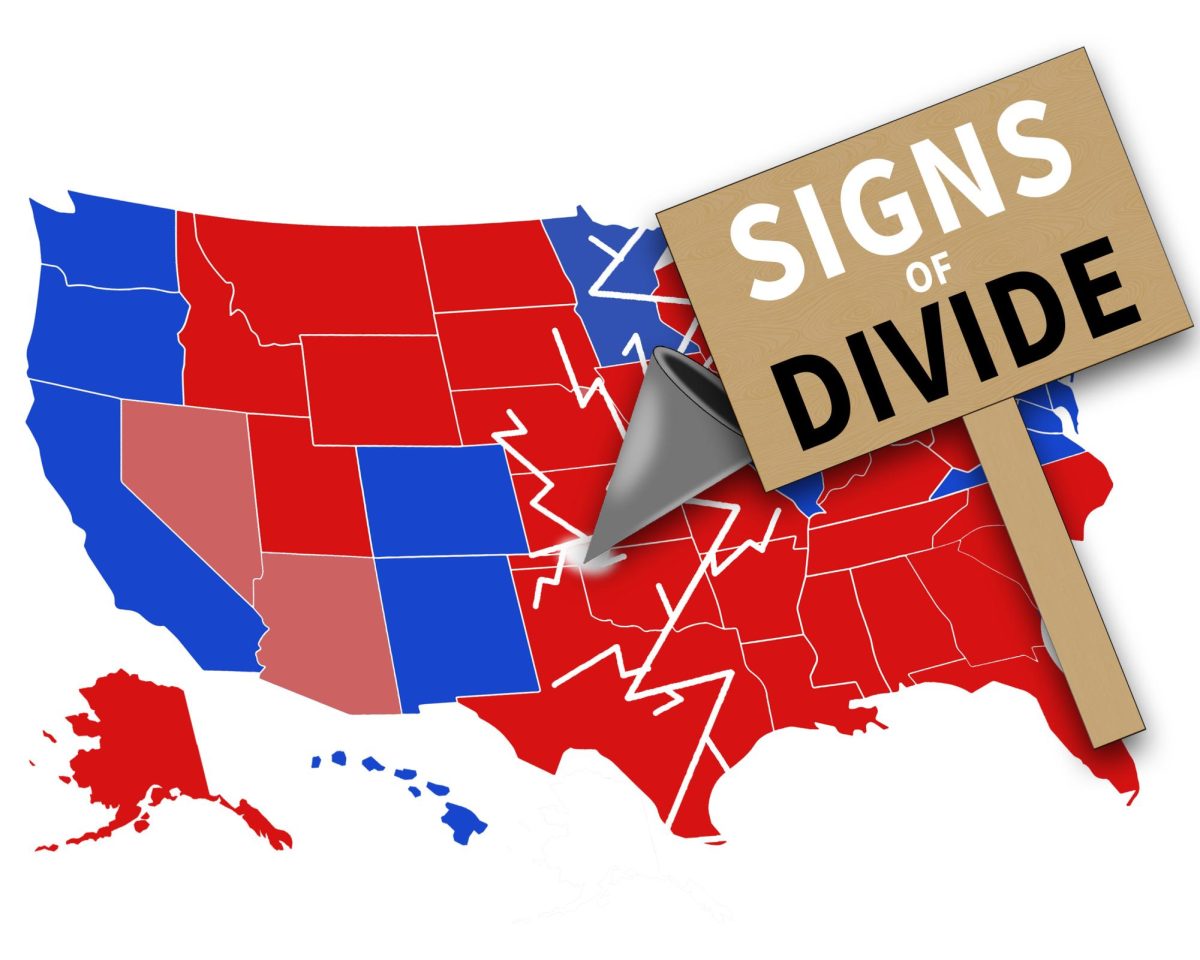R.L. Stine versus Edgar Allan Poe versus Stephen King. Who truly takes the crown as “The King of Horror Literature?”
Now, this is a question I cannot answer myself. Instead, I am leaving it up to the reader to decide.
As I evaluate these godfathers and what they do best – telling eerie tales of terror – I cannot help but see each of them as rungs on a ladder. They are all part of a transitional development that grows and expands the minds of their readers and their preferences in horror literature.
For instance, growing up, most kids who graduate from reading picture books and begin their journey toward short-chapter novels might start with Stine’s “Goosebumps” series. Stine’s work opens doors to illusions and fears that can only occur to young American adolescents.
Despite living in a culture where banning books is rampant, including the “Goosebumps” series due to its fearful themes toward children, Stine’s work has remained rent-free in most children’s minds for the last three decades.
Whether you prefer the original “Goosebumps” lineup, the “Tales To Give You Goosebumps” short stories or the choose your own adventures, “Give Yourself Goosebumps,” no child ever returned or stuck a “Goosebumps” book back on their shelves less terrified.
Stine has certainly seen many excellent and wealthy days at the expense of us frightened kids. According to some reports, Stine’s books have generated over 400 million sales, earning him the reign as the brains behind the best-selling series of all time for several years.
Once, in 1996, “Goosebumps” books sold nearly four million copies a month, as reported by the “Bloomberg Businessweek.” And now we know why he was dubbed the “Stephen King of children’s literature.”
Metaphorically speaking, he is the first rung on the ladder of horror.
The next rung is none other than everyone’s favorite romantic goth, Edgar Allan Poe.
Unfortunately, I must quote the raven because Poe nearly turns our blood cold with his short stories and poetry. How can you not feel any sort of trepidation after reading lines like “I pointed at the boards and cried ‘Yes! Yes, I killed him. Pull up the boards, and you shall see! I killed
him.’ But why does his heart not stop beating?! Why does it not stop?!” (“The Tell-Tale Heart,” 1843).
Although he was much against allegory, Poe was the king of planting hidden messages to inspire readers to gain introspection on their own lives and the world around them.
Thanks to his brilliance, Poe unlatched the door of madness and introduced readers to how many are willing to do regretful things that lead to death for the sake of love and acceptance and to quiet their inner voices. Dark stuff, right?
Outside the theme of love, if you’re a psychology buff like yours truly, you will notice in Poe’s work that a lot of his poems and short stories revolve around grasping the truth about insanity.
Mostly about whether what we see is in its purest form or if it’s something we have conjured up in our minds. To take a quote from Poe’s handbook and words to live by: “Believe nothing you hear, and only one half that you see.”
As enigmatic as he was, no author makes you ponder your existence in such a chilling way as he did.
Once you have mastered Stine and Poe’s riddles, then would be the time to climb the final rung on the ladder of horror with the prolific Stephen King.
Known for inviting his readers on magic carpet rides through some wacky yet exhilarating supernatural ventures, King always keeps those guessing better than anyone, “What the heck did I just read?!” Spoiler alert: No matter how many books of King’s you read, you’ll still be asking yourself that same question.
With over 107 awards, including the recipient of the 2015 National Media of Arts, King’s 61 novels and 200 short stories have painted vivid images of narrations from corners of the world you could never believe existed.
Whether you read characters like Danny Torrance trying to be in control of his psychic abilities while watching his father lose his sanity during their stay at the Overlook Hotel or Paul Sheldon trying to reason with his kidnapper, Annie Wilkes, who is obsessed with his book series, it makes you wonder how many people walk among us that processes these frightening features.
Comparatively to Stine, much of King’s work was adapted to films and mini-television series. So, if you don’t have the patience to read a 300-1,000-page novel of King’s, have no fear, the streaming services are here. Currently, most of the movie adaptations of King’s work are available on MAX and Hulu.
Whichever rung you choose to step on, one thing that carries over in all three of these authors’ stories is the similar recurring themes. The exploration of themes includes but is not limited to love versus hate, life versus death, self-acceptance versus cultural expectations, light versus dark, young versus old, reality versus fiction, and so on.
The only difference is that each rung ranges over different and deeper meanings of those themes.
Whether it’s Stine, Poe or King, who is your preferred cup of apple cider, remember that no matter which author’s book you pick up and read, beware because you’re in for a scare!
Brie Coder can be reached at bmcoder@eiu.edu or 217-581-2812.





































































